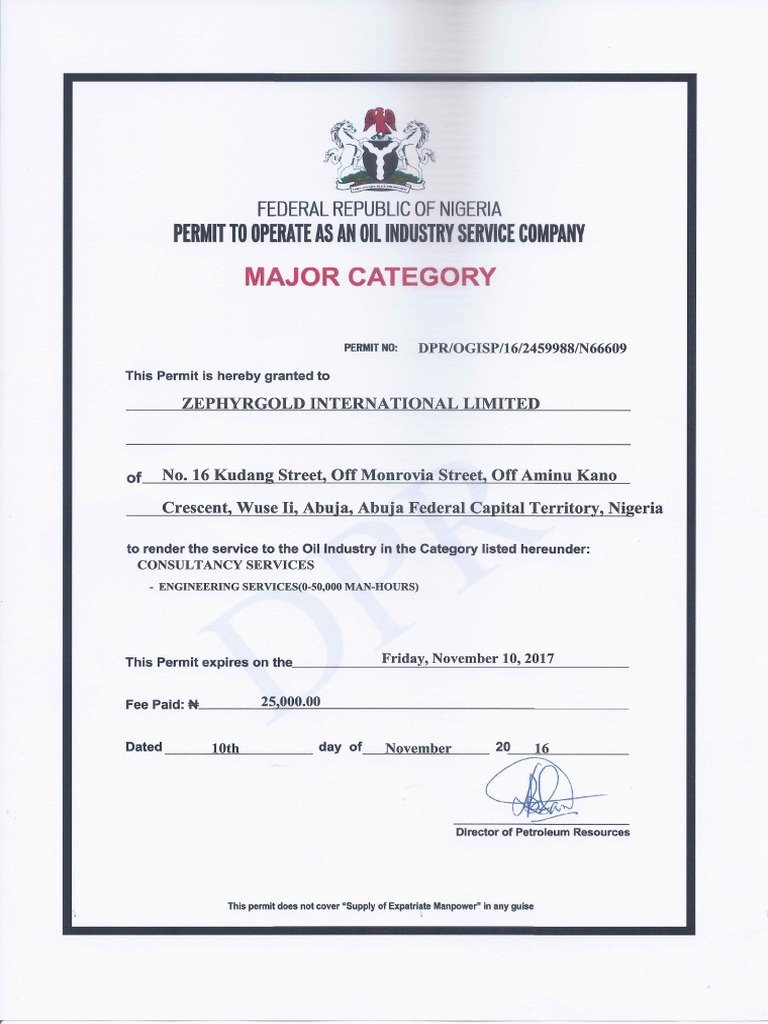Looking to navigate the complexities of obtaining a DPR permit? You’re not alone. From understanding the application process to meeting the necessary requirements, securing a DPR permit can seem like a daunting task. However, with the right guidance and a clear roadmap, you can successfully obtain the permit you need. In this article, we’ll delve into the world of DPR permits, shedding light on the process and providing valuable insights to make your journey smoother. Let’s dive in and unravel the mysteries of DPR permits together.
Everything You Need to Know About DPR Permits
Welcome, dear readers, to an informative journey into the world of DPR permits. If you’ve ever wondered about this important document and what it entails, you’ve come to the right place. In this article, we will delve deep into the realm of DPR permits, unraveling their significance, application process, and much more. So, grab your reading glasses and let’s explore together.
The Basics of DPR Permits
First things first, what exactly is a DPR permit? DPR stands for Department of Parks and Recreation, and a DPR permit is a document issued by this department that grants permission for various activities within parks and recreational areas. These permits are essential for organizing events, gatherings, construction projects, and other activities that may impact public spaces.
Why Are DPR Permits Important?
DPR permits play a crucial role in ensuring that public parks and recreational areas are utilized in a responsible and sustainable manner. By obtaining a permit, individuals and organizations commit to following specific guidelines and regulations set forth by the Department of Parks and Recreation. This helps in preserving the natural beauty of these spaces and maintaining a harmonious balance between recreational activities and environmental conservation.
Applying for a DPR Permit
Now that we understand the importance of DPR permits, let’s talk about how to apply for one. The application process may vary depending on the type of activity you wish to engage in and the location of the park or recreational area. In general, you will need to provide details about your event or project, including its purpose, date, time, expected number of attendees, and any special requirements.
Types of DPR Permits
There are several types of DPR permits available, each tailored to specific activities and events. Some common types of DPR permits include:
- Event permits for organizing gatherings, concerts, festivals, and other public events
- Construction permits for carrying out building or renovation projects within park areas
- Commercial permits for conducting commercial activities such as filming, photography, or selling goods
Benefits of Obtaining a DPR Permit
Obtaining a DPR permit comes with a range of benefits, both for the permit holder and the community at large. Some of the key benefits include:
- Legal Compliance: By obtaining a permit, you ensure that your activities are in compliance with local regulations and avoid potential fines or penalties.
- Community Engagement: Organizing events in public parks fosters community engagement and brings people together for shared experiences.
- Environmental Protection: DPR permits often include guidelines for minimizing environmental impact, thus contributing to the conservation of natural resources.
Common Misconceptions About DPR Permits
While DPR permits are essential for utilizing public spaces responsibly, there are some common misconceptions surrounding them. Let’s debunk a few of these myths:
Myth #1: DPR Permits Are Only for Big Events
It’s a common misconception that DPR permits are only required for large-scale events or construction projects. In reality, even small gatherings or activities in public parks may necessitate a permit, depending on the local regulations.
Myth #2: Obtaining a DPR Permit Is Complicated
While the application process for a DPR permit may seem daunting at first, it is designed to ensure that events and activities are carried out smoothly and responsibly. By following the guidelines and providing the necessary information, obtaining a permit can be a straightforward process.
In conclusion, DPR permits are essential documents that enable individuals and organizations to engage in activities within public parks and recreational areas in a responsible manner. By understanding the significance of DPR permits, familiarizing yourself with the application process, and adhering to the guidelines set forth by the Department of Parks and Recreation, you can contribute to the preservation of these valuable spaces for future generations to enjoy.
We hope this article has shed light on the world of DPR permits and inspired you to explore the outdoors responsibly. Remember, the next time you plan an event in a public park or recreational area, don’t forget to check if a DPR permit is required. Happy exploring!
DPR Permit Renewal Process
Frequently Asked Questions
What is a DPR permit and why is it needed?
A DPR permit, also known as a Department of Parks and Recreation permit, is required for activities or events that take place on public park property. This permit ensures that the activity is in compliance with park regulations and helps maintain the safety and integrity of the park environment.
How can I obtain a DPR permit for my event?
To obtain a DPR permit for your event, you will need to submit an application to the Department of Parks and Recreation outlining details of your event, including the date, location, expected attendance, and any specific requirements. The department will review your application and provide you with the necessary permit if approved.
What types of activities require a DPR permit?
Activities that typically require a DPR permit include special events, festivals, sporting events, commercial film or photography shoots, and any other organized gathering that involves the use of park facilities or space. It is important to check with the Department of Parks and Recreation to determine if your specific activity requires a permit.
Are there any fees associated with obtaining a DPR permit?
Yes, there are usually fees associated with obtaining a DPR permit. The fees may vary depending on the type of activity, the size of the event, and other factors. It is important to inquire about the fee schedule when submitting your permit application to ensure compliance.
Final Thoughts
In conclusion, obtaining a DPR permit is crucial for any construction project. It ensures compliance with regulations and demonstrates a commitment to safety and quality. Without a DPR permit, you risk facing legal consequences and project delays. Therefore, make sure to prioritize the acquisition of a DPR permit to safeguard the success of your construction endeavors.



